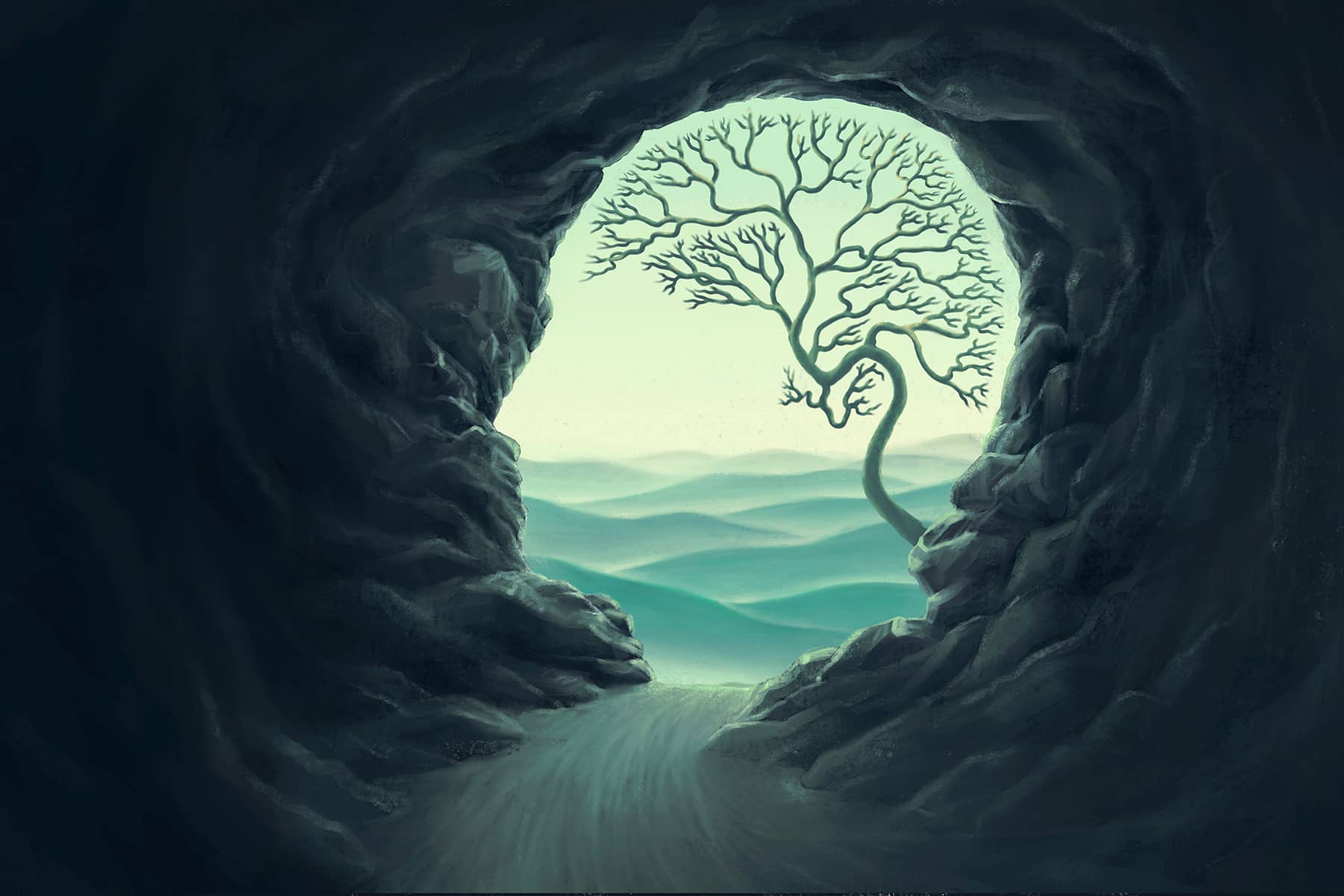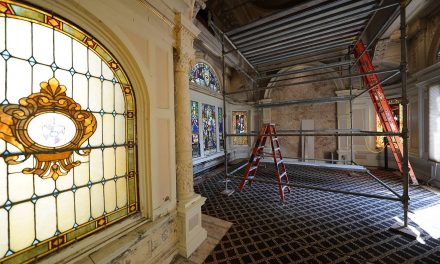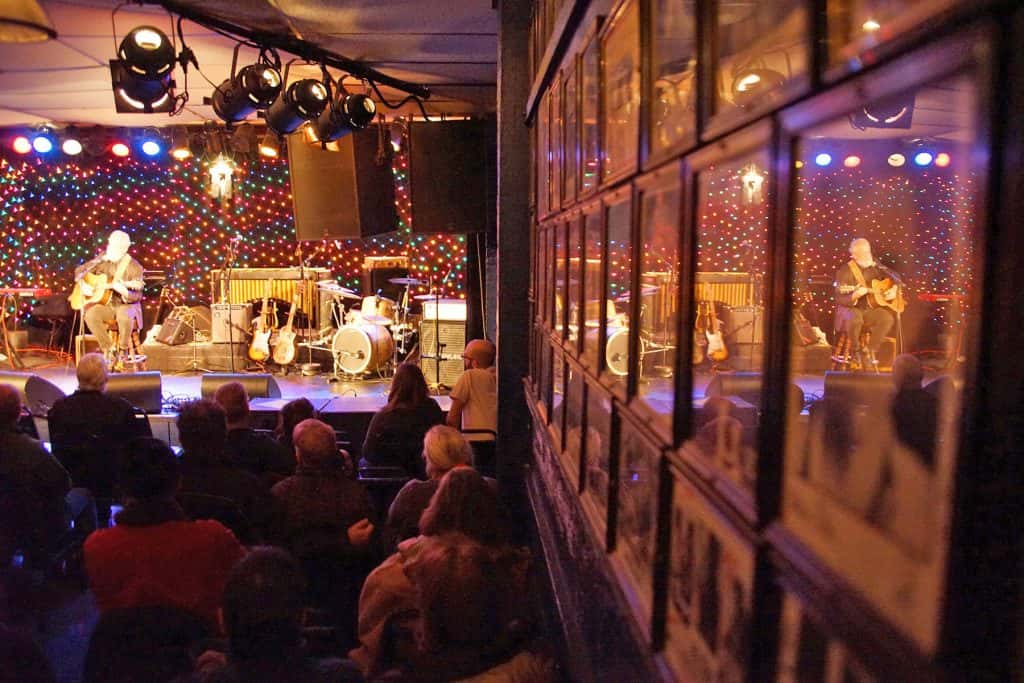
There are no shortage of discussions that highlight how we are more disconnected now than ever before. We hear it endlessly in conversations regarding politics and contemporary social issues. The landscape of America seems to constantly reinforce our divisions. However, are we really all that divided? Are we really all that different? And, are we really all that disconnected?
Admittedly, my imagination has always longed for relationship and interconnection rather than disconnection and division. Therefore, when I am bombarded with information that informs me that there is constant strife and disunion, it takes a spiritual toll on me.
I also wonder how many other people have the same experience, are they feeling it is taking a spiritual toll on them? It was for this reason that I felt a sacred excitement for the recent religious observances that came within the same timeframe. Together they signify the importance of freedom, redemption, salvation, transformation, and nurturing love that exist cross our faith traditions.
If you are a Christian, you have just observed the Lent season that began on March 2, Ash Wednesday, a 40-day prayerful fast. A time in which Christians reflect not only on what they may be giving up during this time, but also what they will be taking on – with the commitment in their hearts to help heal the struggles that society suffers from.
The period of 40 days that comes right before Good Friday and Easter commemorating Jesus Christ’s fast of 40 days in the desert, when he endured the temptations of Satan. Palm Sunday, which happens the week before Easter Sunday, marked the beginning of Holy Week – a solemn week focusing on the final days of the mortal life of Jesus.
Good Friday marked the crucifixion of Christ and his death on the cross. Holy Week culminates on Easter Sunday, also called Resurrection Sunday, which celebrates Jesus rising from the dead and providing salvation to Christians – by establishing the sacred relationship to God’s Grace.
This year, Good Friday for Christians was celebrated on the same day – April 15 – as the first day Passover for the Jewish Community. Passover, also called Pesach, is not celebrated on the same date every year. Depending on your geographical location, it is a 7 to 8-day period marked by the angel of God providing refuge to Jewish homes and families, and commemorating the eventual emancipation of the Israelites from bondage and slavey.
It was a time period that marked the extreme oppression for the Jewish community in Egypt. A time that informed Jews that they too are in the favor of God’s Grace despite the difficulties being faced. Currently, this example can be observed as many Ukrainian Jews displaced by the war have found this year’s Passover to be extremely poignant, with Seders happening in Synagogues, homes, and now refugee camps.
Our Muslim brothers and sisters have been commemorating the month of Ramadan from Friday, April 1 to Sunday, May 1. Ramadan is the holiest month for Muslims around the world and it marks the ninth month of the Muslim lunar calendar. It was when Allah sent the angel Gabriel to appear to Prophet Muhammad and reveal to him the Quran, the Muslim Holy book.
Ramadan is also marked by a sacred fast for all Muslims who have reached puberty and are able to keep it. It is a pillar of Islam and a time of deep reflection, prayer, and self-reformation. Much like the season of Lent, during this time Muslims cast out evil powers by opening the part of themselves that longs for purity, piousness, and Allah’s Grace. Iftar is the breaking of the daylong fast, and Eid al-Fitr is the celebration at the end of the Ramadan season. This is a shared sacredness that happens for nearly 2 billion people worldwide.
A sacred time for Sikhs worldwide also happens this week as we celebrate Vaisakhi, also pronounced Baisakhi. Vaisakhi is a celebration that usually happens around April 14 and it signifies the celebration of the spring harvest. However, like many religious observances, Vaisakhi is also about liberation, freedom, and a self-deepening transformation.
It was during this celebration in 1699 that the 10th Guru was inspired to create the Khalsa, and encourage all Sikhs to find purity of thoughts, actions, and commitment to fight oppression, injustice, and evil. This celebration is one of color and of birth. It is marked by prayer and a community meal, called Langar. Sikhs invite the world to be part of this communal meal and challenge the spirt of separation and sacred illness.
A few weeks ago, Hindus all around the world celebrated Holi, the festival of color and love. Again, marking the beginning of Spring, Holi signifies the end of a long winter and the triumph of Spring and good over evil. The celebration is usually marked by bonfires of life, dancing of joy, and the throwing of colors to show the beauty of diversity. These days offer a chance to not only celebrate life but to also forgive ourselves and find new life, make new relationships, and to repair old ones. The festival is celebrated by Hindus and non-Hindus alike.
In a few weeks, Buddhists all around the world will celebrate the birth of the Buddha, also called Buddha Day or Visakha Puja. Although the date changes every year, it is around this season that Buddhists celebrate the path of enlightenment and consciousness that happens through the path of suffering and meaning. Siddhartha Gautama, later known as the Buddha, would achieve his own enlightenment in his lifetime and provide his sacred teaching and path for all to follow.
There are also many other faiths and followings that provide us with guidance on why this time is so valuable to understanding our interconnection and commitment to growth. Followers of Bahai celebrate the Deceleration of the Bab and the ascension of Baha’u’llah. Many from Indigenous and spiritual communities celebrate the Spring season as a time of regrowth and birth. Those who identify as Atheist, Agnostic, spiritual-but-not-religious, non-religious, humanist, and such also understand the we are in a special time during this season.
So, if this is the case, why is it that we center so much more on division?
The answer may be closer than we realize. We are a fearful species with very primal tendencies of survival. Our sacred subconsciousness has been poisoned to understand that the betterment of ourselves comes only form the detriment or power over another. Our country’s history has been especially poisoned in this mindset.
Blood still soaks the soil of our reflective denial of harm. A kind of spiritual disease that has become cancerous to our sacred intimacy.
I will not ignore our spiritual disease, but I will also not let it completely infect my imagination for the betterment going forward. I feel that there is a sacred calling at work during this very moment. If we listen deeply and with courage, it will give us the process to heal.
In the past, I have been told that there was a danger to dilute our individual religious underpinnings if we strive to find shared universalities. Today, I am much more fearful of ignoring the Universal points of faith that we all have in common. A Universal foundation that is almost screaming at us to see mutuality instead of division.
This sacred season of Spring only marks the latest example of our religious observances coming together, to show us how we need each other in order to resurrect a kinship that can provide a future that is sustainable for almost 8 billion sacred souls.
I do not believe that we are all as divided as we are told. But I do think that we are having difficulty seeing our connections. I pray that your Church, Gurudwara, Musjid, Synagogue, Temple, and sacred place of worship, along with your family, is helping you see all our mutuality.














